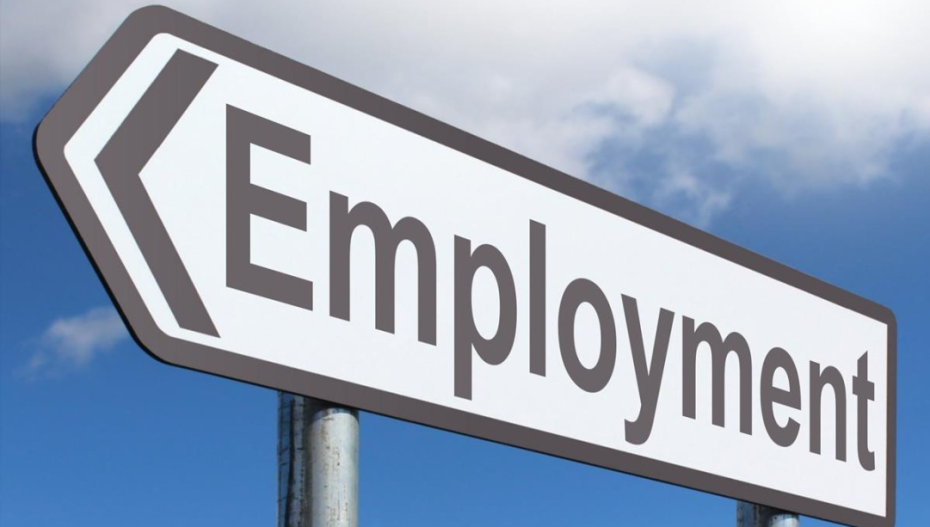India’s youth account for almost 83% of unemployed workforce and share of youngsters with secondary or higher education in the total unemployed youth has almost doubled from 35.2% in 2000 to 65.7% in 2022, as per India Employment Report 2024 released by the International Labour Organisation (ILO) and the Institute of Human Development (IHD) which was released by Chief Economic Adviser V Anantha Nageswaran on March 26.
Despite rising enrolment in higher education, dropout rates after secondary education remain high, particularly in poorer states and among marginalised groups. Quality concerns persist, with significant learning deficits observed across school and higher education levels.
The study reveals that youth employment and underemployment surged between 2000 and 2019 but saw a decline during the COVID-19 pandemic years. Educated youths, however, experienced significantly higher levels of joblessness during this period.
The Labour Force Participation Rate (LFPR), Worker Population Ratio (WPR) and the Unemployment Rate (UR) witnessed a sustained decline between 2000 and 2018, only to show signs of improvement post-2019. However, the authors of the report caution that this improvement needs careful interpretation, especially given the questions raised about the drivers of these changes.
Wages have largely remained stagnant or declined, with real wages for regular workers and self-employed individuals showing a negative trend after 2019. A substantial portion of unskilled casual workers did not receive the mandated minimum wages in 2022.
The report also points out significant variations in employment outcomes across states, with certain states consistently ranking lower in employment indicators. States like Bihar, Uttar Pradesh, Odisha, Madhya Pradesh, Jharkhand and Chhattisgarh have struggled with poor employment outcomes over the years, reflecting the influence of regional policies.
The youth population, which constituted 27 percent of the total population in 2021, is projected to decrease to 23 percent by 2036, posing a potential threat to the country’s “demographic dividend.”
The COVID-19 pandemic has exacerbated these challenges, leading to a temporary worsening of indicators during peak periods. While there was some recovery post-lockdowns, it was accompanied by an increase in poor-quality work, particularly in self-employment and unpaid family work.
Technological advancements have also affected the demand for skills and types of employment. Young people are better represented in high- and medium-skill jobs and the gig economy, but job insecurity remains a concern in these sectors.
Regional disparities in youth employment outcomes across Indian states are evident, with states at different stages of demographic transition experiencing varying employment outcomes. While some states show promising outcomes, others, particularly in the northern and eastern regions, face challenges in youth employment.
Recent years have seen paradoxical shifts in key labour market indicators, reflecting a blend of improvements and setbacks. The labour force participation rate, workforce participation rate and unemployment rate experienced a prolonged decline from 2000 to 2019, but showed signs of improvement coinciding with periods of economic strain, including the COVID-19 pandemic.
The trend in overall labour market indicators is echoed more prominently in the female labour market. After a notable decline in previous years, the female labour market participation rate displayed a swifter upward trajectory from 2019 onwards, particularly in rural areas.
However, employment conditions, as indicated by the employment condition index, have faced persistent challenges, especially after the onset of the COVID-19 pandemic. The slow transition away from agricultural employment witnessed a reversal after 2019, with a notable rise in agricultural employment and a decline in non-farm employment.
The increase in employment post-2019 was largely driven by self-employed workers, with a significant portion comprised of unpaid family workers, predominantly women. Informal employment consists of nearly 90 percent of workers engaged, underscoring widespread livelihood insecurities, especially among those not covered by social protection measures.
Urbanisation and migration rates are forecasted to increase, with projections suggesting a migration rate of around 40 percent by 2030 and a substantial urban population growth driven by migration, particularly from eastern and central regions to southern, western and northern regions.
India’s youthful demographic is facing a significant challenge due to a lack of necessary skills among the workforce. As per the recent report, a large portion of the youth lacks basic digital literacy skills, which hinders their employability.
The report also highlights a widening gender gap in the labour market, with low rates of female labour force participation. Young women, especially those with higher education, face substantial challenges in securing employment.
Despite affirmative action and targeted policies, social inequalities persist. Scheduled Castes and Scheduled Tribes continue to face barriers to accessing better job opportunities. While educational attainment has improved across all groups, social hierarchies persist, exacerbating the disparity in employment.
Also Read: IndiGo Aircraft Grazes Stationary Air India Express At Kolkata Airport










